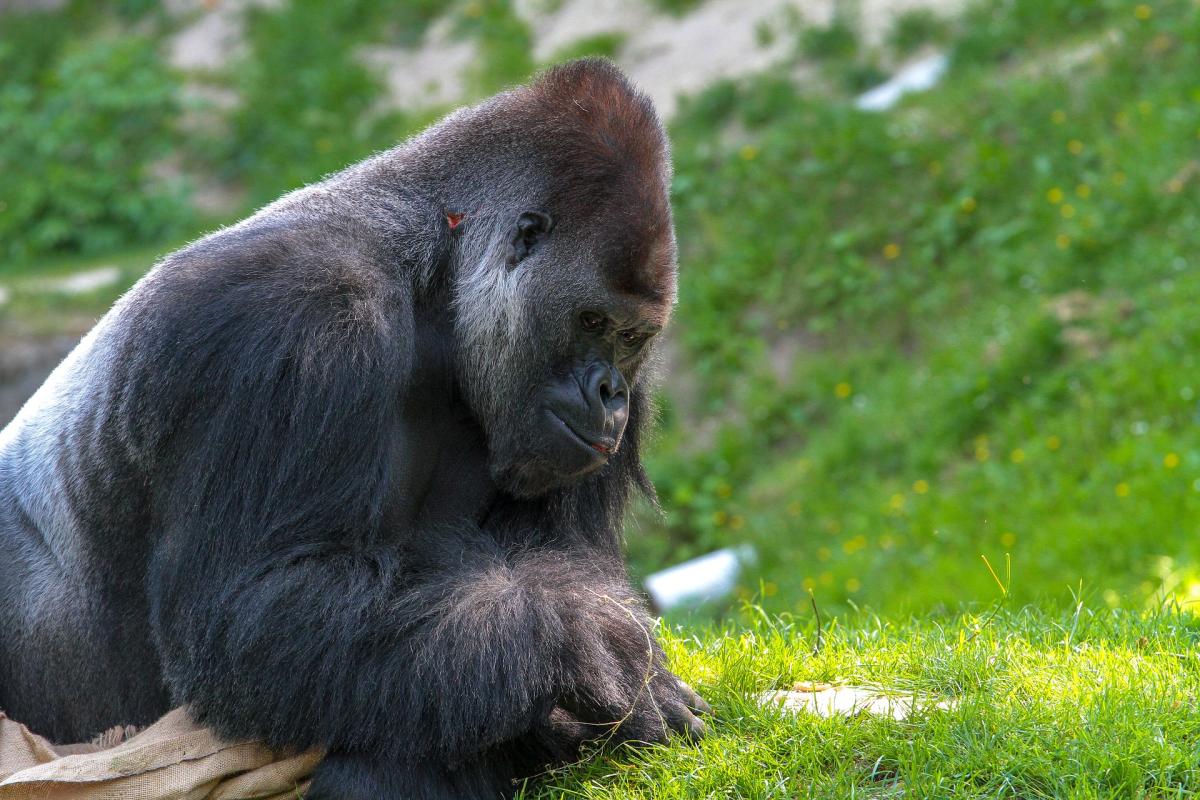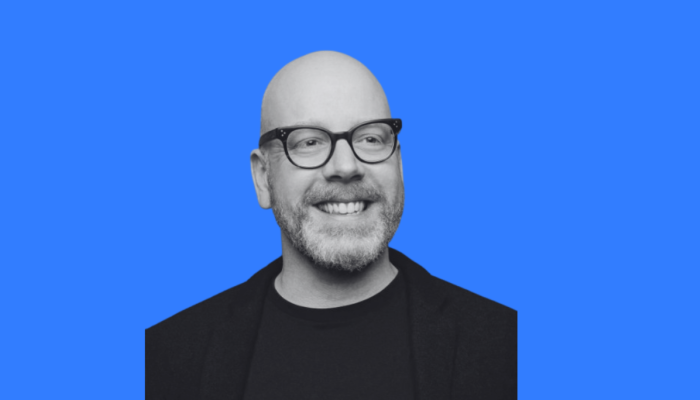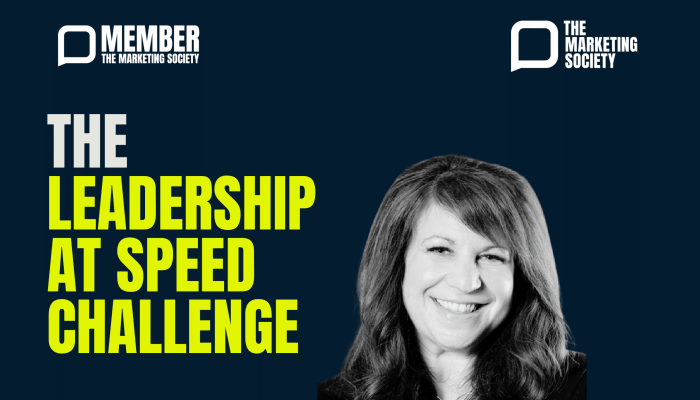Everyone remembers the Cadbury Gorilla advert, in which the aforementioned ape drums along to “In the Air Tonight”. It’s one of the most memorable and well-loved campaigns in recent years.
But what we often don’t consider is how much bravery went into getting that primate onscreen in the first place.
Imagine what it took to walk into that meeting room and tell the Cadbury bosses that they wanted to do an ad featuring a man in a monkey suit playing drums to Phil Collins. On some level, they must have known that it was a huge risk. They must have expected more than a few puzzled looks. But they knew they had a great idea and they had the bravery to put it in front of the client.
Bravery exists at all levels of the business
The Gorilla concept sounds like a silly idea casually spouted out in a low-level brainstorm. But someone had the confidence to say it aloud (even though they might have gotten laughed at) and someone at a senior level had the confidence to take it and run with it.
What this teaches us about bravery is that it’s an organisation-wide thing, it needs to be baked into the culture of the business. And to do that, it often has to filter down from top to bottom. Which means that the leaders of the business need to lead by example.
Brave from the top: NetSuite vs Sage
Not too long ago, cloud software business NetSuite (now part of Oracle) ran a series of confrontational newspaper ads directly targeting Sage, NetSuite’s main competitor. The ads featured a London Underground map with all routes finishing at the NetSuite logo. The slogan: “All Sage lines terminate here.”
The pièce de résistance, however, was the fact that NetSuite’s then-CEO, Zach Nelson, provocatively tweeted the ad to his newly-appointed counterpart at Sage, Stephen Kelly.
It was a bold move, but it worked, generating a significant amount of interest. What’s more, Kelly took the whole thing in good spirit, responding to Nelson with a parody of the NetSuite ad:
Nelson wasn’t afraid to take the fight directly to the opposition – which is exactly the kind of bravery that marketers want their leaders to demonstrate. It’s the sort of behaviour that catalyses people in an organisation and empowers them to make their own brave decisions.
Top tip: Support brave ideas in your organisation
A brave leader can encourage a culture of bravery throughout the business. But it is up to people in the marketing function to lead the charge, to spread this culture and support game-changing ideas wherever they spring up from.
That could be as simple as allowing employees from all levels of the business to pitch their ideas to senior management. It could involve rewarding people for taking risks, for trying something new, for not backing down, for refusing to take the safe, obvious route.
But, most importantly, instilling a culture of bravery means celebrating failure as much as success. It’s easy to evangelise risk-taking when it results in a huge win. But it’s less common to see businesses praising a failed experiment, even if invaluable learnings came from it.
So encourage your teams to strike out into the unknown. If they don’t succeed, communicate the results in a way that focuses on the lessons learned. As BlueJeans CMO Rosanne Saccone says: “Creating a culture of bravery means having the bravery to experiment, and to recognise that even in defeat there are positives that take you closer to the next victory. We’re living that truth at BlueJeans by enhancing the way individuals collaborate and communicate. Sometimes this means tearing up the rule book and pursuing an alternative vision to the norm. Across all our global offices we champion workplace flexibility and enable our staff to work remotely to best suit their needs, all meetings that aren’t physically face-to-face are powered by live video. There’s bravery in championing new ways of working that have been entrenched for years, but we’ve seen first-hand that when you facilitate flexible ways of working with seamless technology, it fosters a company culture that extends beyond the office 9-5. It also greatly develops the way we engage with our partners and customers.”
By Pete Hendrick, Director, Octopus Group
Download the Braver Business report



